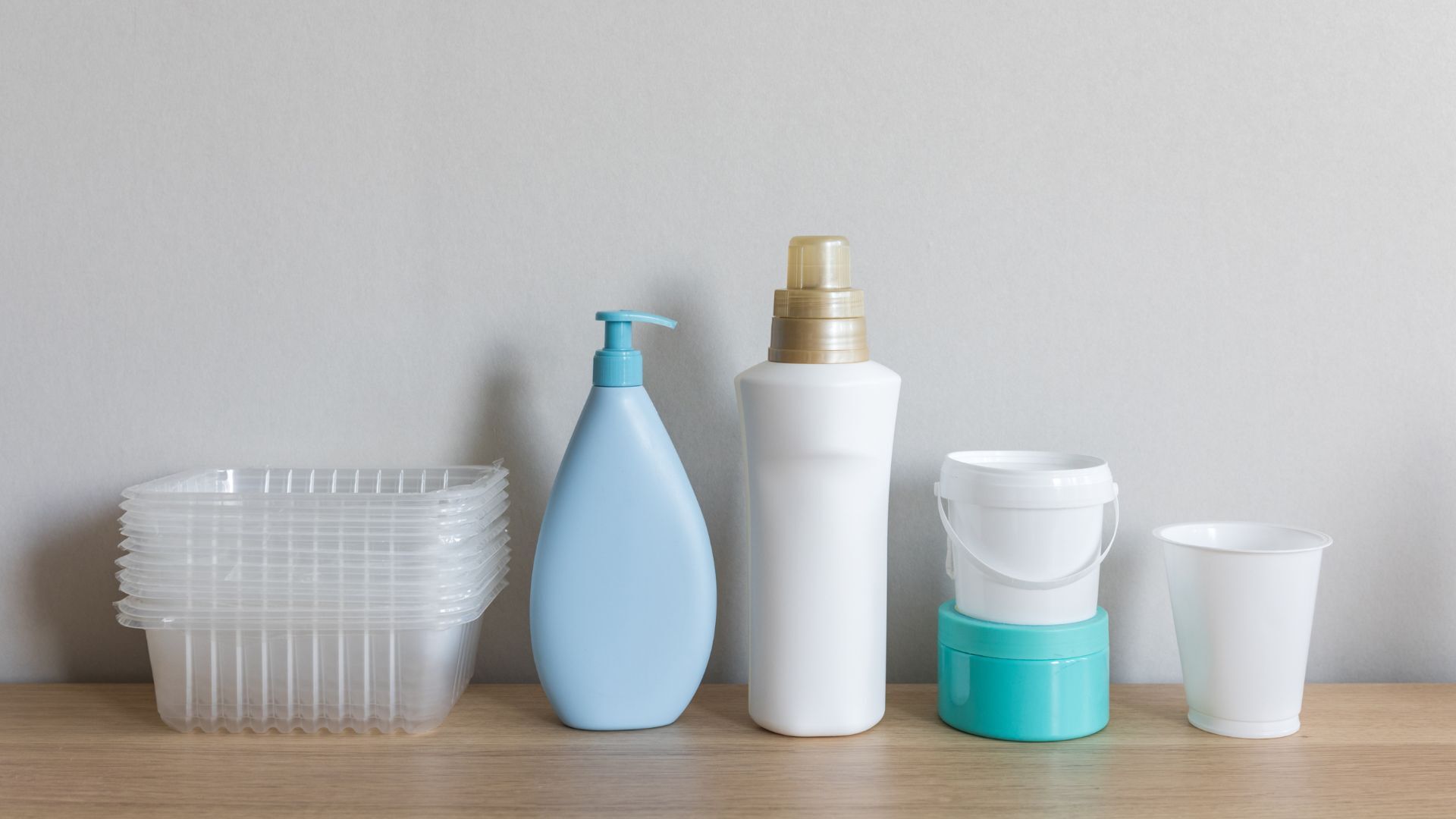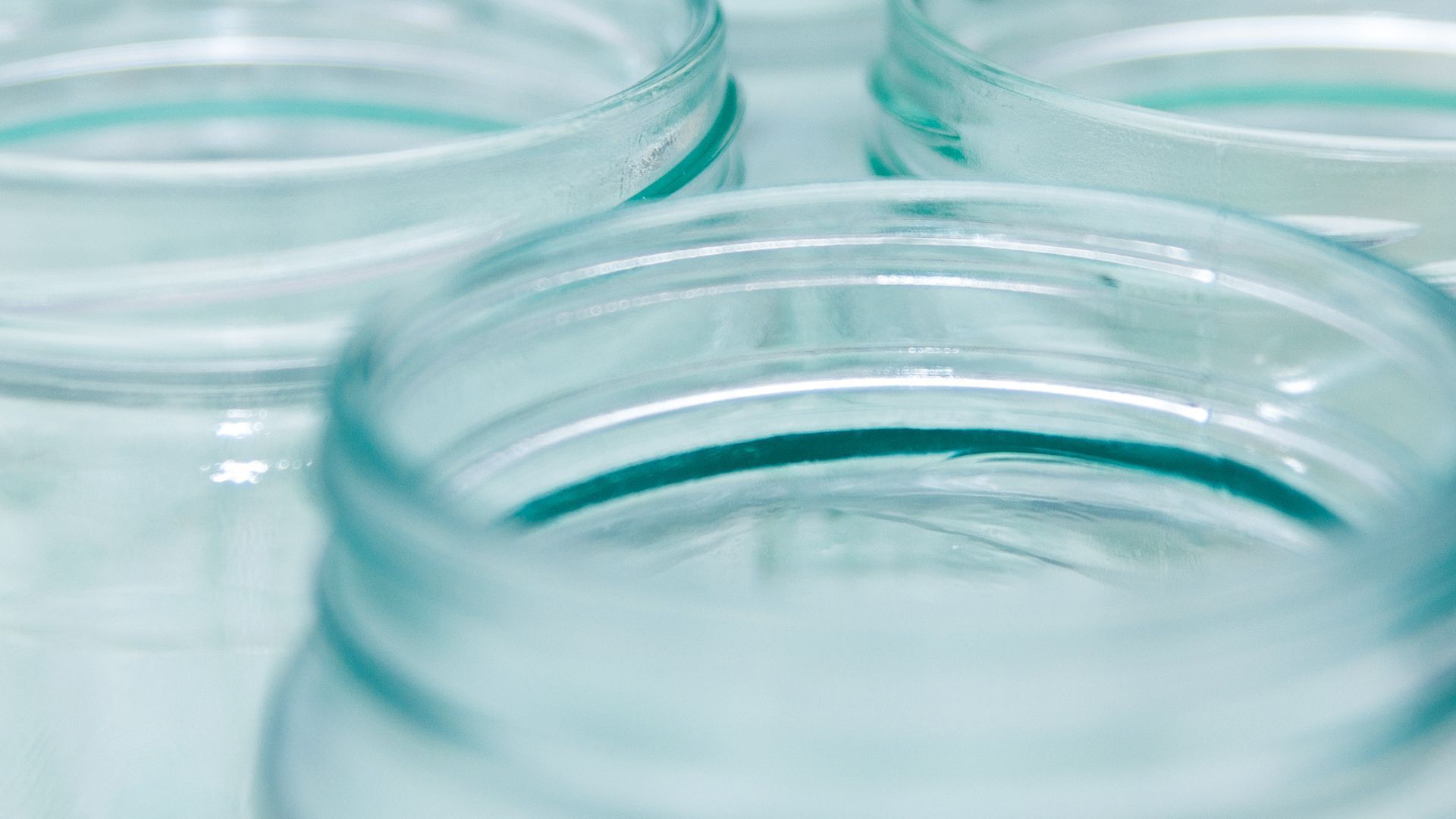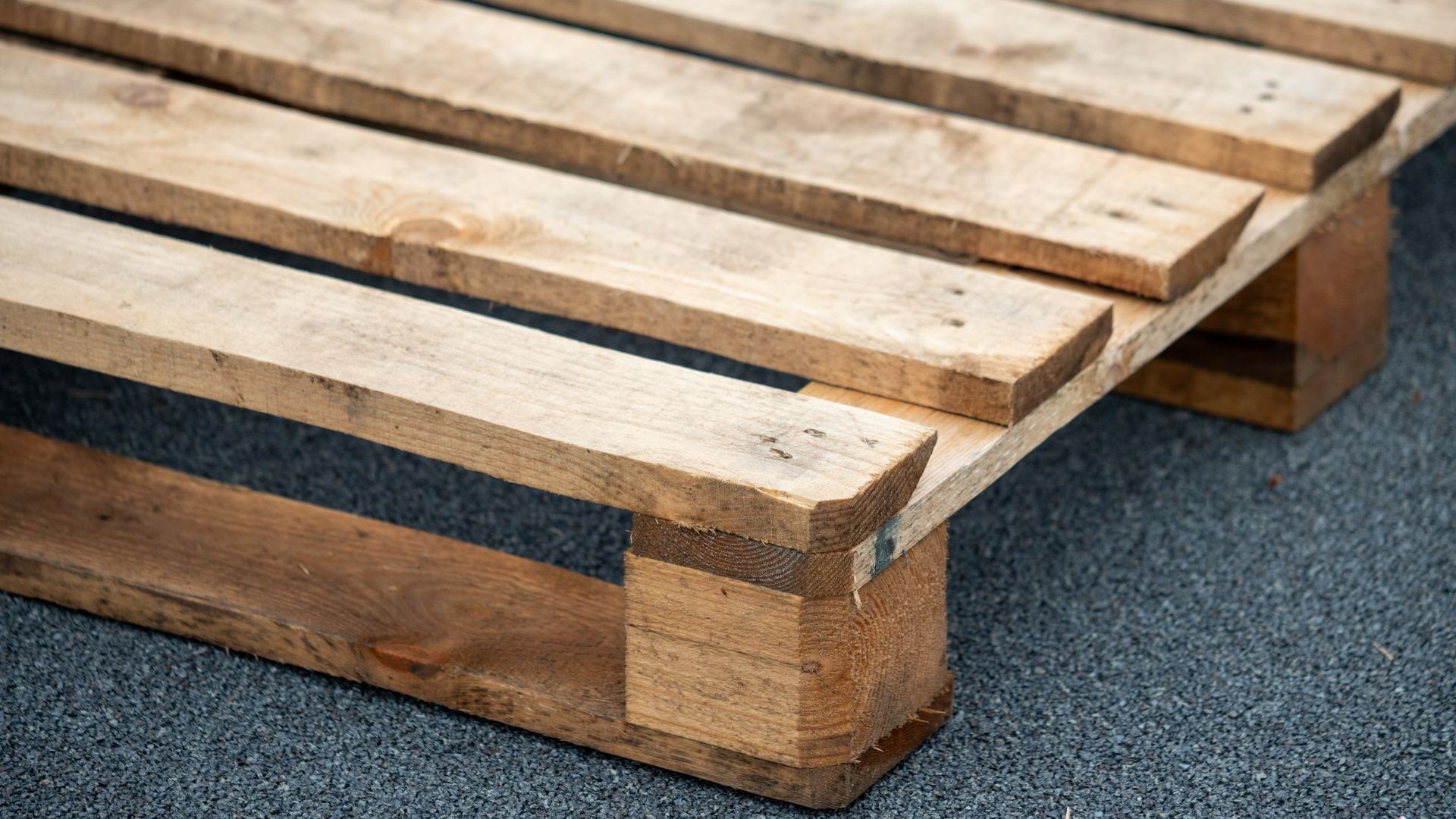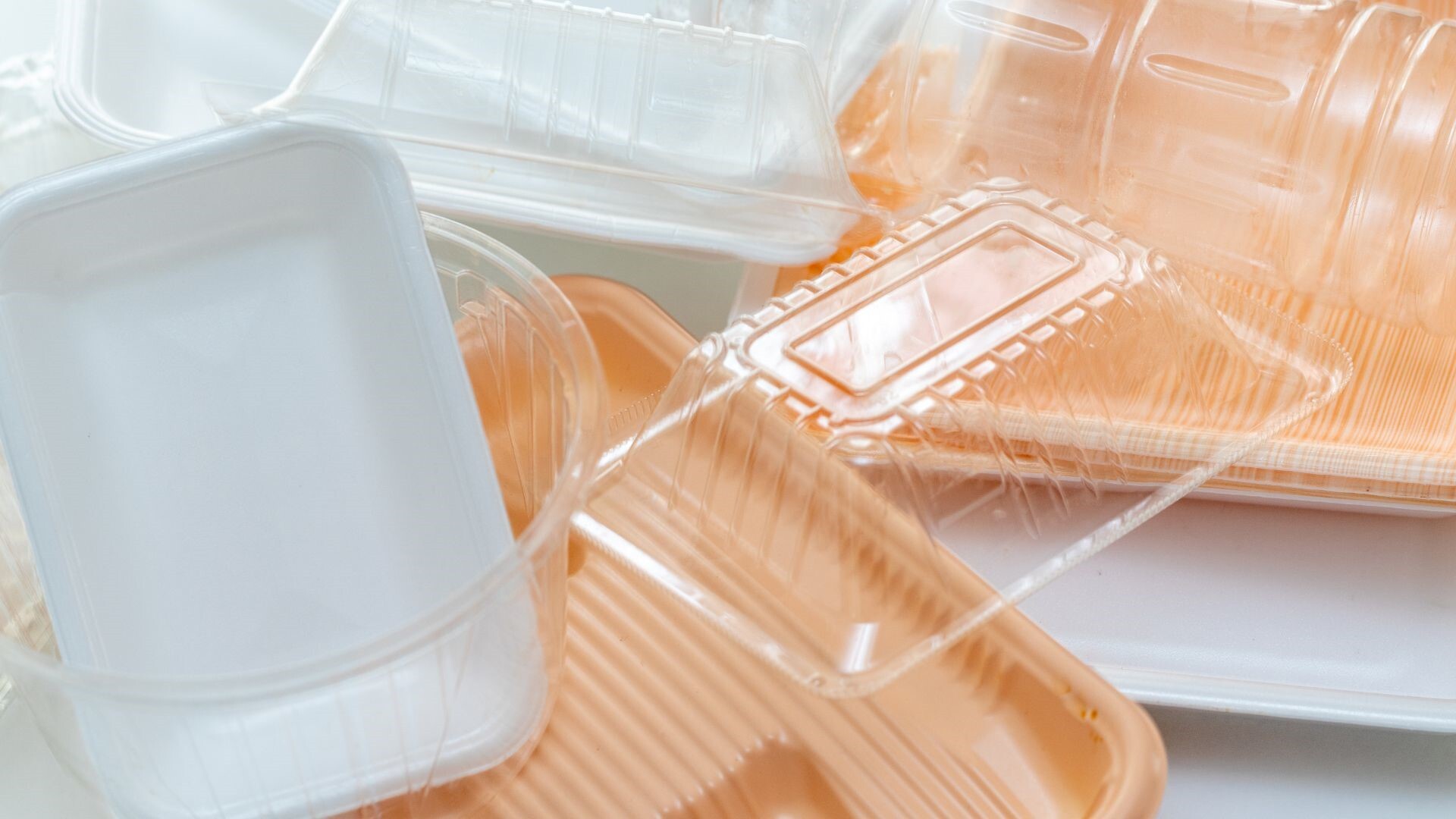Sumi Oy
Sumi on suomalainen voittoa tavoittelematon pakkaustuottajayhteisö, joka vastaa lakisääteisen pakkaustuottajavastuun toteuttamisesta metalli-, lasi-, muovi-, kartonki- ja puupakkausten osalta. Jo kolmannes tuottajista on valinnut meidät sopimuskumppanikseen ja kauttamme kiertää noin neljännes Suomen kaikista pakkausmateriaalivirroista.
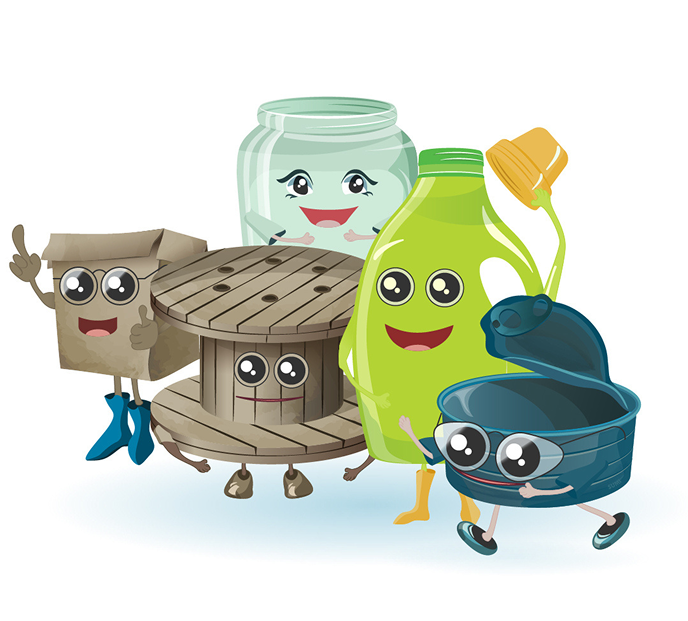
Yrityksellä on vastuu pakkauksistaan
Suomessa on tuottajavastuuta koskeva lainsäädäntö, mikä tarkoittaa, että tuottajan on järjestettävä markkinoille saattamiensa tuotteiden jätehuolto ja vastattava siitä aiheutuvista kustannuksista.
Pakkausten tuottajia ovat tuotteidensa pakkaajat ja pakattujen tuotteiden maahantuojat.
Tuottajalle helpoin tapa hoitaa tuottajavastuunsa on liittyä tuottajayhteisöön.
Kun yritys liittyy tuottajavastuujärjestelmään, se siirtää keräys- ja kierrätysvelvollisuutensa tuottajayhteisölle. Yrityksen tehtäväksi jää enää kaksi asiaa:
- Pakkaustietojen raportointi
- Pakkaustietojen perusteella määräytyvien tuottajavastuumaksujen maksaminen
Maksut
Kierrätysmaksujen lisäksi tuottajalta peritään kertaluontoinen rekisteröitymismaksu ja vuosittainen yrityspalvelumaksu. SUP-pakkausten tuottajilta peritään lisäksi erillinen SUP-maksu, jolla kustannetaan lakisääteisiä kuntien siivous-, roskaantumisen estämis- ja tiedotuskuluja.
Raportointi
Voit raportoida pakkaustiedot joko tarkan ekomodulaatioilmoituslomakkeen kautta tai kevyen ilmoituslomakkeen kautta. Yrityksenne pakkausmäärä (yli tai alle 50 000 kg/v) vaikuttaa siihen, millä aikataululla raportointi tulee tehdä ja milloin pakkausmäärät laskutetaan.
Ajankohtaista
Tuottajan etu on SumiOn-raportointijärjestelmän lähtökohta
lokakuuta 22, 2025
Toimitusjohtajan katsaus - syyskuu 2025
syyskuuta 3, 2025
Pakkaustuottajavastuun yritysasiakaspalvelu
030 635 8100
(pvm/mpm), avoinna arkisin klo 8.30–16.00
Sähköposti: info@sumi.fi
Asiakaspalvelijamme neuvovat yrityksiä pakkausten tuottajavastuun hoitoon ja pakkaustietojen raportointiin liittyvissä asioissa.
Meillä on käytössä takaisinsoittopalvelu mikäli asiakaspalvelussa on ruuhkaa.

.jpg?width=1920&height=1080&name=SumiOn%201200x628%20(7).jpg)

